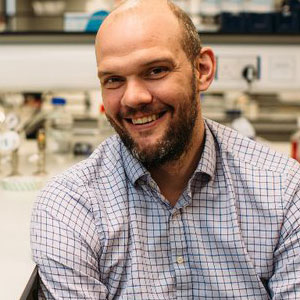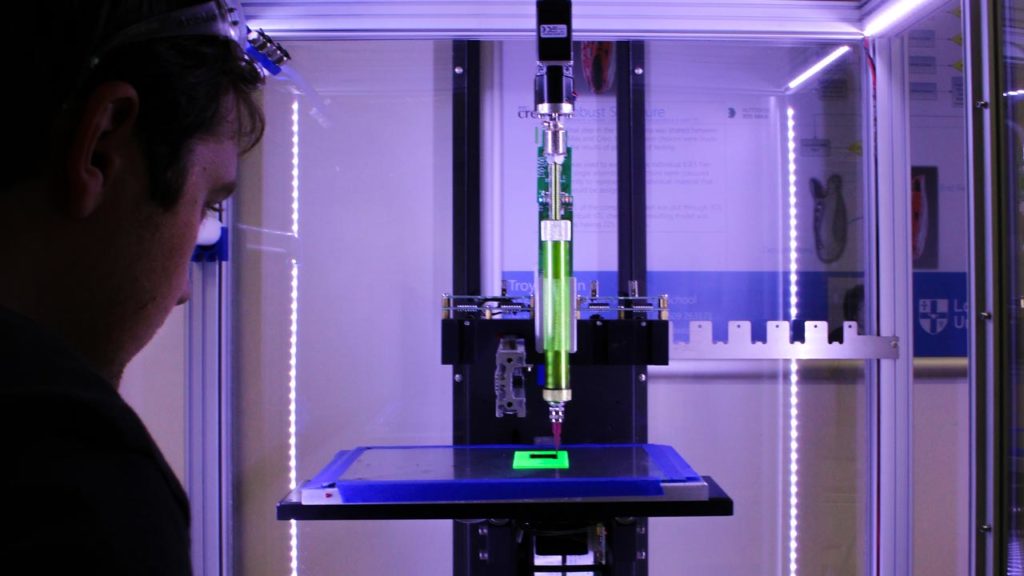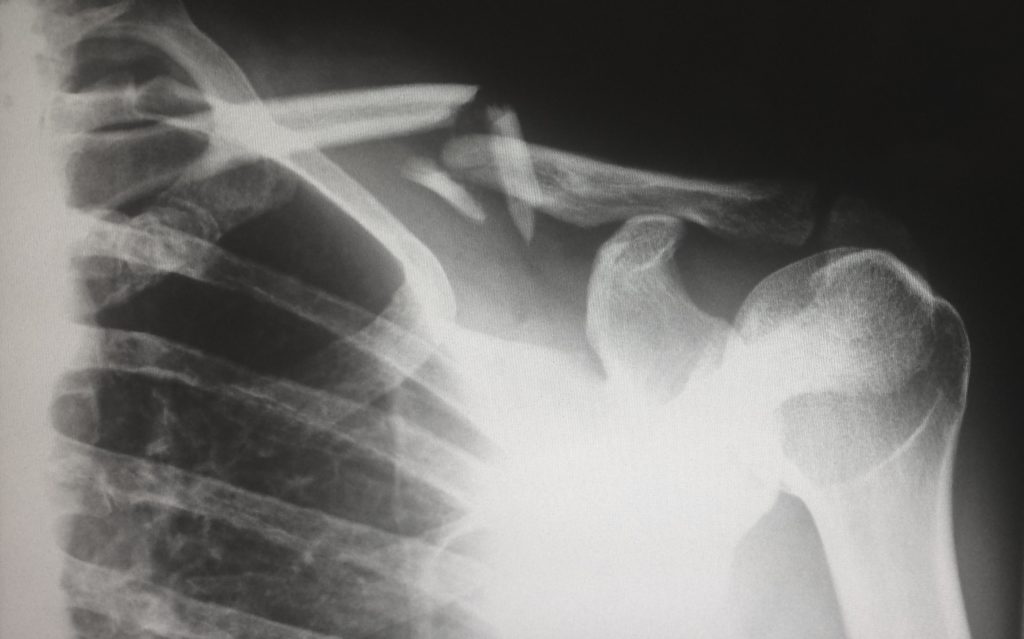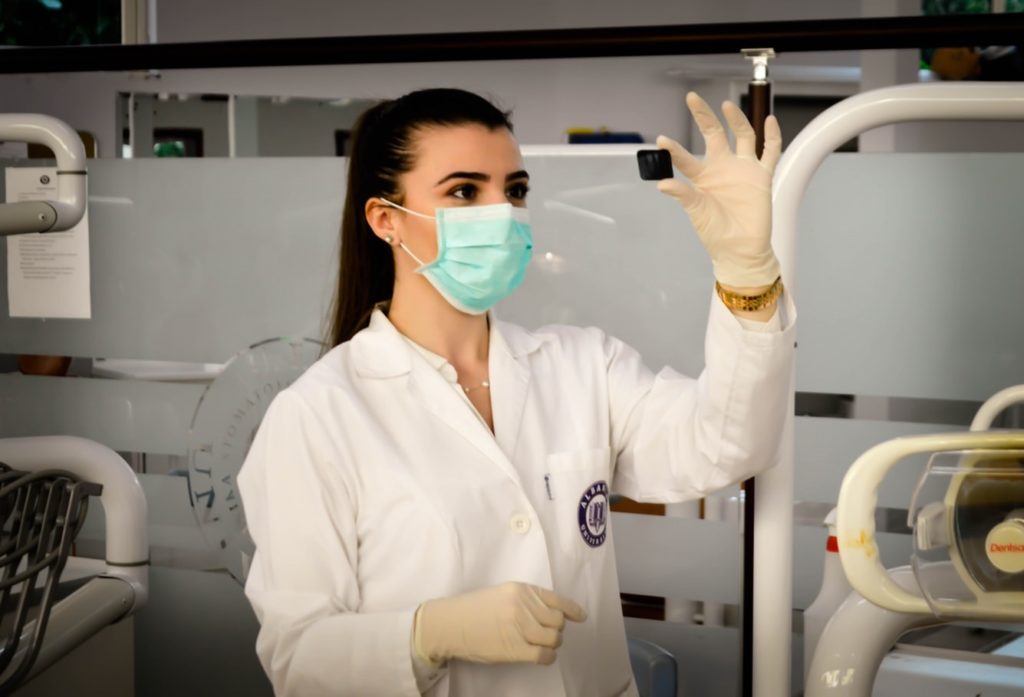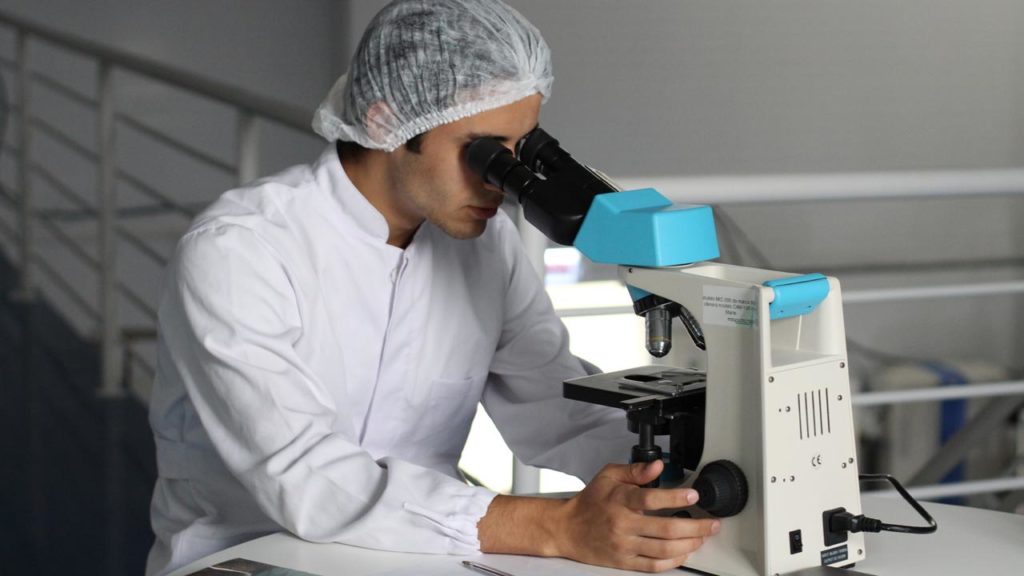Background
The extracellular matrix is crucial for both cellular biochemical and biomechanical cues, overall determining tissue type. It is comprised of multiple proteins, of which, collagen is the main component. Collagen is a hierarchical protein secreted by cells into the extracellular space. It is secreted as a triple helix which assembles into staggered parallel arrays to form fibrils. These fibrils then self-assemble into fibres which make up the main components of the extracellular matrix. The orientation of these fibrils/fibres determines how the tissue functions. Collagen is also important during wound healing and is deposited rapidly to allow cells to traverse the wound bed and begin the remodelling phase. However, as this process is rapid the orientation and assembly of the collagen will not match that of the native tissue. This, overall, results in a scar.
Method
Predominate methods for characterisation of collagen matrix assembly have been atomic force microscopy (AFM), scanning electron microscopy (SEM), fibrillogenesis studies and circular dichroism (CD). Both AFM and SEM have been used to study structural changes to overall matrix formation caused either by topographical cues or chemical influence. Fibrillogenesis studies and CD have been used to understand the way in which inorganic ions influence different stages of collagen fibril assembly. This includes changes to the molecular structure of collagen at the nanoscale to overall matrix assembly at the macroscale. Cellular work has also been conducted to see how any changes to the collagen matrix affect cellular growth and proliferation. Metabolism assays and fluorescent imaging have been undertaken to understand these changes. Other methods such as Raman spectroscopy, rheology, differential scanning calorimetry and x-ray fluorescence have also been used to look at changes in collagen assembly due to external influence.

